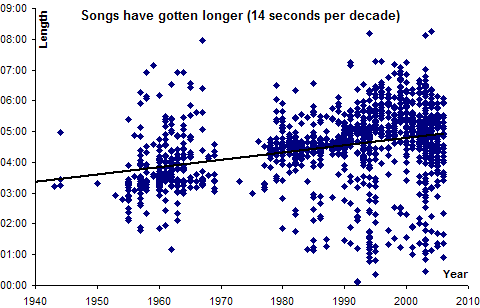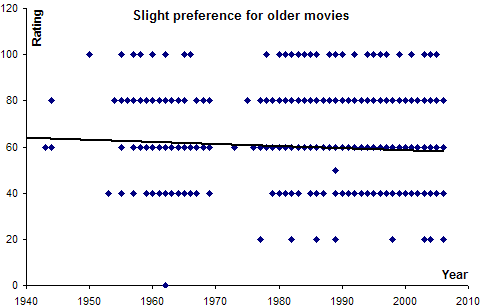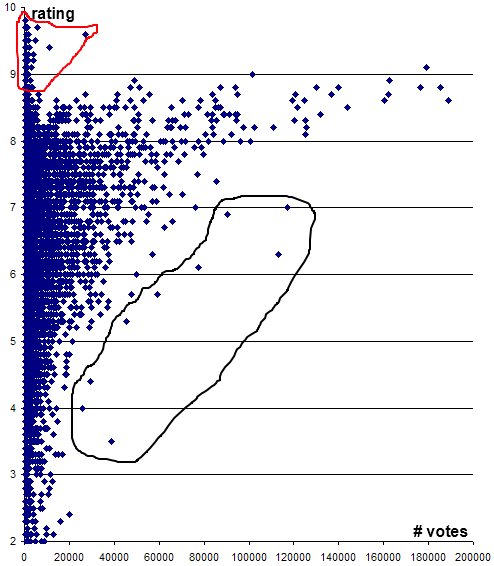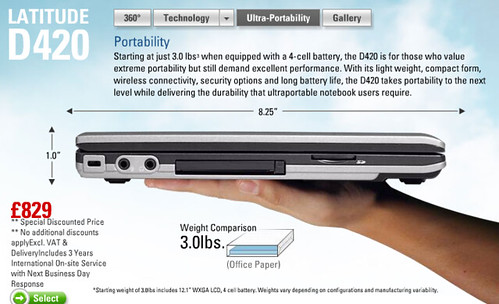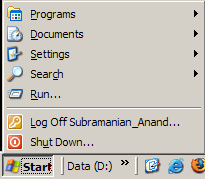Software for my new laptop 2
Time for a new laptop, and to replace software. Here’s my new list.
A lot has changed in the last 5 years. Mainly, I use the browser, cygwin and Portable Apps a lot more. (The last is to escape jailers, not registry bloat.)
Media
- Chrome [new]: For browsing and development. Fast, light, and stays out of the way.
- Firefox: I keep it just for printing. Chrome sucks at printing.
Media Player Classic: Nothing against it, but I decided to stick to just one app, which is…- VLC: Continues to be the best media player, IMHO.
WinAmp: I just manage my playlists as M3U files, using Python programs.- Audacity: Still the easiest way to record audio.
- Camstudio: The simplest free portable screen capture software I know.
- PicPick [new]: Lightweight, powerful screenshot grabber
- VirtualDub: Not the simplest, but still good for what I need: cropping and joining video.
- MediaCoder [new]: Good for video/audio conversions. Maybe I’ll install this later.
- Foxit Reader: The simples free portable PDF reader I know, better than…
- NitroPDF Reader [new]: … which is good for Printing PDFs – better than…
Primo PDF: … which has trouble on rare occasions.- Microsoft Reader: I have a lot of ebooks in .LIT.
- Kindle for PC [new]: I don’t own a Kindle, but I’ve bought a few ebooks.
- Paint.NET: Good enough for cropping and adjusting colours on images.
- Windows Live Writer [new]: The best way to write this blog WYSIWYG
- Inkscape [new]: I occasionally edit vector graphics.
Google Earth. Google Maps is good enough.ImgBurn: I no longer use CDs/DVDs. Just flash drives and external hard disks.Picasa: I’ve stopped browsing pictures. No time.
Sharing
- Dropbox [new]: Simplest way of sharing files.
- Skype: I use it more than my phone.
- Google Talk: For those friends who have chat enabled on Gmail.
- TeamViewer [new]: Pretty efficient screen sharing. Works better than Skype, I think.
- Google Calendar Sync: To keep Outlook in sync with Google Calendar.
Utilities
- 7-Zip [new]: Covers all compressed formats, and has the best compression ratio.
WinRAR: 7-Zip has it covered.- AutoHotKey [new]: Shockingly powerful macro functionality. Shockingly underused.
- Clip [new]: Command line clipboard.
dir | clipcopies the directory to the clipboard. - ClipX [new]: Stores multiple clipboard entries and history. Invaluable.
- DiskTT [new]: I’m paranoid about disk speed. I keep measuring it.
- WinDirStat [new]: Best way to find what’s taking up space on disk.
- ProcessExplorer [new]: Just in case Task Manager doesn’t show you everything.
Google Desktop: Well, it’s dead.- mDesktop [new]: A Virtual Desktop Manager (multiple screens) for Windows 7.
PowerToys: doesn’t work on Windows 7, but I got X-Mouse working.Teracopy: I don’t worry too much about copying files any more. Maybe later.- Junction Link Magic [new]: To map folders. But I now use Cygwin, and symlinks rock.
- uTorrent [new]: For bittorrent.
- ntlmaps [new]: proxies requiring a password to a proxy not requiring a password
- Putty [new]: SSH for Windows, but can also act as an SSH tunnel
- TrueCrypt [new]: To securely back up my bank details on the cloud.
Development
- Cygwin: UNIX on Windows. I also install make, curl, lynx, wget, tidy, mercurial, git, openssh, rsync, optipng, pdftk, sqlite3, imagemagick and sgrep. Also cacert.pem.
- ActivePython: My primary programming language. I also install NumPy, SciPy, ipython, tornado, tabular, lxml and eyeD3.
ActivePerl: … isn’t as readable.- node.js: Soon becoming my favourite programming language. Fast, popular.
- XAMPP [new]: Fastest way of getting Apache + MySQL + PHP running
- nginx [new]: Faster than Apache, but no CGI, and I like CGI.
- Google AppEngine [new]: To maintain sites like 250.
- redis [new]: My new favourite database. In-memory, and fast.
- CouchDB [new]: Simple, persistent JSON store. (Or MongoDB. Both’re fine.)
- Fiddler2 [new]: To see where traffic is really coming from.
IETester[new]: I’ve stopped developing for Internet Explorer 6 or 7.- JDK: Sadly, some apps require a Java compiler. (I like the JRE. Can’t stand Java.)
Notepad++[new]: Excellent editor. I’ll probably go back to it some time, but…- Sublime Text 2 [new]: … is just a little bit cooler.
Crimson Editor: Didn’t have Unicode support a long time ago, so I switched.Subversion. I’ve switched to Mercurial and git.
Data Visualisation
- R [new]. The God of all statistical packages. Install reshape and ggplot2.
- Gephi [new]: Does network visualisations quite well.
- GraphViz [new]: Does network visualisations not quite as well.
- Google Refine [new]: Helps clean up messy data.
- qhull [new]: For voronoi treemaps. Don’t ask.
- wkhtml2pdf [new]: To print web pages as PDF.
What am I missing that you really like?
Software for my new laptop 2 Read More »


























